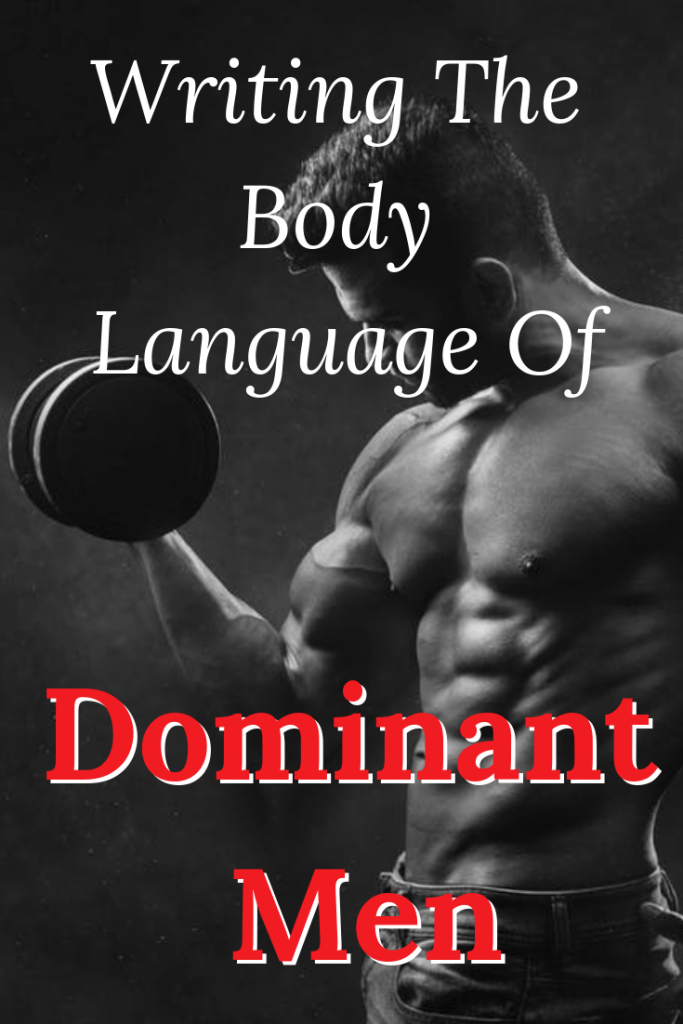
Power or authority applies a filter to subtext, it affects how we perceive or interpret what we believe is actually being said.
What Is Subtext?
Subtext is the non-verbal communication expressed through what Psychology Today called “a silent orchestra” which is a combination of facial expression, tone of voice, posture, and body language. Subtext can be subtle, nuanced with many layers of meaning that leave miles of room for misunderstanding and as blatant as a shout in a quiet room. Subtext includes hidden meanings and double ententes, conversations where this is about that, and communication through gestures and facial expressions.
A husband taps his watch at his chatty wife in a crowded party. Subtext.
A man stares at a woman across a crowded coffee shop. When she notices, she rolls her eyes and goes back to reading her book. Subtext.
How Does Power Affect Subtext?
What is power? Power is “the capacity or ability to direct or influence the behavior of others or the course of events.” Power is about influence, energy/insight, clarity, discipline, and confidence. Power exercised in the home, in the workplace, or the school playground can look or manifest very differently, but there’s often an imbalance. Some have power and others don’t.
Power and/or authority applies a filter to subtext, it affects how we perceive or interpret what we believe is actually being said. This filter feeds our intuition, our fears, our thoughts and actions.

At home, big sister is frequently put in a position of authority over her younger brother. At school, big sister is a bullied nerd and little brother is social elite. These two are not allies, they’re frenemies at best. This see-saw of power imbalance between school and home will influence the subtext between the siblings in both social settings, each perceived slight catalogued and categorized for later blackmail purposes.
In cases of sexual harassment and abuse, power imbalances are closely looked at, because the person in power doesn’t need to use force or physical threats in order to command compliance. The boss who could get a woman fired doesn’t have to threaten physical violence to coerce her into doing something she doesn’t want to. He might not even have to blatantly state what he wants from her. You see?
6 Questions To Ask Your Characters
When your character finds themselves trying to interpret subtext from someone in a position of power over them, consider:
- What’s at stake if they say no?
- Is saying no an option?
- What’s being withheld or withdrawn?
- Is the power imbalance personal, professional, social, economical (is the power imbalance limited to a particular situation or setting or is it over their whole life – do they have an escape)?
- Is this person a threat or a help?
- Is the perception of power true? A husband who believes his wife has one foot out the door thinks she has all the power. That wife might believe he doesn’t find her attractive, so in her perception he has all the power. They’ve both abdicated their power because of shame. Oooh – what a tangled web we weave.
The Power of Touch
Touch is an expression of authority and power, and relationship. We choose who we allow close enough to touch us. There are some benign touches that are socially acceptable: a handshake, a kiss on the cheek in greeting, an inadvertent brush as you pass another, being squeezed in a crowded space (like an elevator), etc.
Touch with the Subtext of (Dis)Interest or Threat
Touch can be reassuring and comforting, a polite greeting depending on culture, inviting or intimidating, claiming or denouncing, promising or threatening. But the reader won’t know unless you show them through the silent orchestra of internal dialogue mixed with facial expression, tone of voice, posture, and body language.
Touch can imply possession: Couples dancing, holding hands, leaning into another.
What about the boy who doesn’t like the way another guy is looking at his girl at a party? He could blow up and cause a scene, or more likely he’d let the other guy know to back off without using any words. A hand at her waist, a random kiss on the cheek — all while staring at the other guy?
What about the girl who notices the other guy’s attention? Does she smile and keep meeting his glance, or does she touch the guy she’s with, lean into him maybe — grab his hand? Question asked and answered without a word.
A touch that’s not wanted is seen (typically) as a threat or at least an invasion and the threat of an unwanted touch can be just as intimidating. An abusive husband who is drunk raises his hand — he doesn’t have to actually hit to exercise his power over his wife and children.
Power imbalances don’t only apply in situations where something nefarious is going on.
This is an example from a work in progress. Kaduis is next in line to the throne and Arun is a concubine – not even a wife. There’s a disparate power imbalance here. Arun can’t oppose Kaduis (her well-being depends on his favor) or make any demands of him overtly, but he does care for her so there’s leverage. They are discussing the fact that their infant daughter doesn’t have a name yet.
Arun touched the gold earrings he’d given her the day their daughter was born and captured his gaze with her own. “She needs a name.”
He cupped Arun’s cheek in his palm. “Then give her one. She is old enough.”
Arun lowered her gaze and turned her face away from his touch.
Kaduis straightened and sighed. “I cannot. At least not publicly.”
Do you get a sense of the power struggle here communicated through touch or the rejection of it? The power imbalance has forced Arun to instead rely on implied guilt (touching the earrings Kaduis had given her at the child’s birth, where he’d promised to always take care of them) to provoke him to publicly claim the child as his.
His touch is more about dominance than affection and she rejects that authority by rejecting his touch. His reaction to the rejection tells us much about who he is and how he treats women. Another man might have asserted his dominance, dismissed or ridiculed Arun. Instead, Kaduis cuts to the chase and answers her subtext. So much can be implied with eye contact and touch, the withdrawal of it, and whether it’s wanted or not.
I love this scene between Dom and Letty from Fast and the Furious where Dom finally gets a chance to talk to Letty after believing her dead. At first, he touches the car in place of her. Then the touches get more and more intimate. She shrugs off his first touch, tolerates his growing boldness, but in the end the part with hands extended towards one another, not even finger tips touching. Letty has power to reject him, but Dom’s got the greater balance of power in this scene because he has intimate knowledge she doesn’t and she feels like she lacks something.
What’s your favorite book or movie where you see power and authority exercised through subtext well?
Been told you should learn Deep Point Of View? Had an editor or critique partner tell you to “go deeper” with the emotions in your fiction? Looking for a community of writers seeking to create emotional connections with readers? Check out the Free Resource Hub and then join the Going Deeper With Emotions In Fiction Facebook group.
I love the idea of communicating subtext through body language, etc and this was a fascinating post! What I’m confused about is the (implied) dialogue tags in the example with Kadius and Arun–spent so much time trying to figure out whose line is whose based on action that I think I missed the subtext entirely.
The last line is clearly by Kadius because you explain that he’s the one who can publicly acknowledge the child. The action before the dialogue tag backs that up. But the previous two lines would only make sense if they are spoken by the person who is not acting.
(He cupped Arun’s cheek in his palm. “Then give her one. She is old enough.”)
This sounds as though Kadius is speaking because he’s the one that’s acting in the previous sentence to the dialogue. But it can’t be, because then he’d be replying to himself.
Wondering if you could clarify so that I’m not thinking myself in circles here, heh.
I’m not using dialogue tags (he said, she said) and using beats instead. So the action attributes the dialogue. The character performing the action is the speaker.
Arun touched the gold earrings he’d given her the day their daughter was born and captured his gaze with her own. “She needs a name.” (This is Arun speaking.)
He cupped Arun’s cheek in his palm. “Then give her one. She is old enough.” (the he here is Kaduis – he’s touching her – he’s performing the action so he’s the one speaking)
Arun lowered her gaze and turned her face away from his touch. (This is Arun. Her actions are her response instead of spoken words.)
Kaduis straightened and sighed. “I cannot. At least not publicly.” (This is Kaduis)
There is straight back and forth here. Hope that helps.